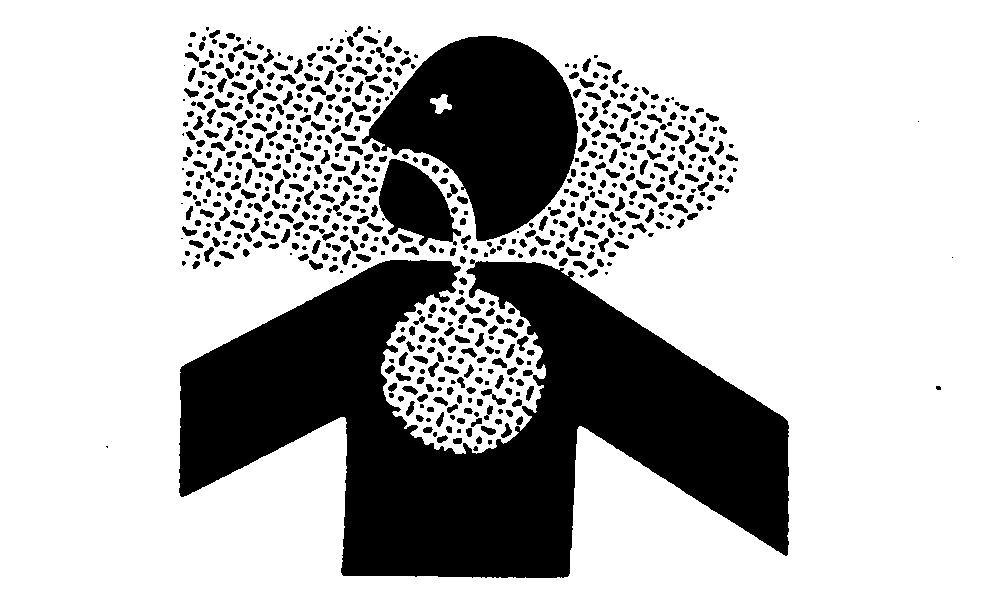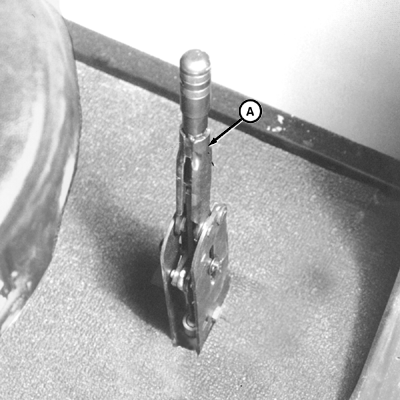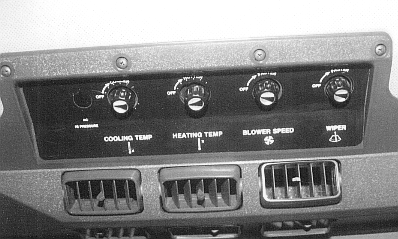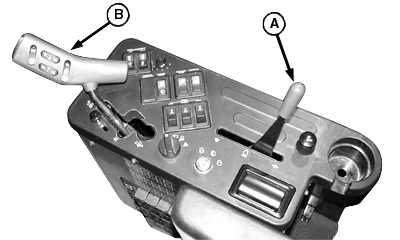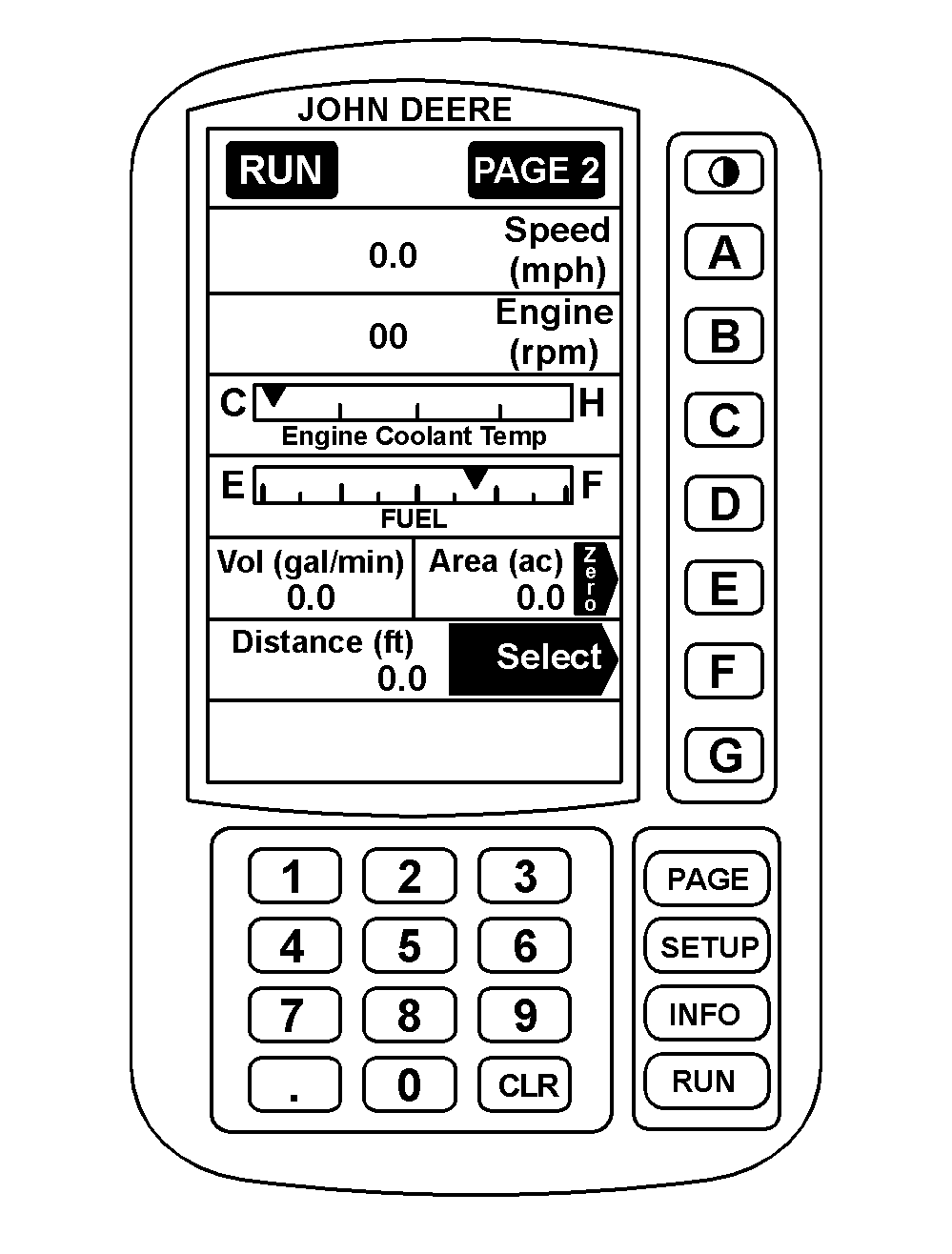Starting the Engine
If you must operate engine in a building, be positive there is adequate ventilation. Either use an exhaust pipe extension to remove the exhaust fumes or open doors and windows to bring enough outside air into the area. NOTE: Controls and switches must be in the positions described, before starting the engine. 1. Engage parking brake lever (A).
|
|
AG,OUO1011,245 -19-26APR99-1/4 |
|
2. Turn off roof mounted switches, including radio (if equipped) and dome light. |
|
AG,OUO1011,245 -19-26APR99-2/4 |
|
3. Place hydro lever (B) in "NEUTRAL". 4. Turn off all side console switches, including light switch. 5. Place throttle lever (A) all the way to the rear, in slow idle position.
|
|
AG,OUO1011,245 -19-26APR99-3/4 |
|
IMPORTANT: Do not operate starter more than 30 seconds at a time or starter may be damaged. If engine does not start, wait at least 2 minutes before trying again. If engine does not start in four attempts, refer to TROUBLESHOOTING section. To assure adequate lubrication after engine starts, idle engine at approximately 1000 rpm with no load for 1 to 2 minutes. Extend this period when operating at temperatures below freezing. 6. Turn ignition key clockwise to engage starter. Release key when engine starts. If key is released before engine starts, wait until starter and engine stop turning before trying again. 7. Press "RUN" button, then "PAGE" button on monitor to view engine functions display on monitor screen. 8. When the engine has started, indicator lights should go off when start key is released. IMPORTANT: Protect turbocharger during start-up by not accelerating above 1000 rpm until normal engine idle speed is established (850 rpm). Should engine stall while operating under load, restart immediately to prevent lack of lubrication to turbocharger. |
|
AG,OUO1011,245 -19-26APR99-4/4 |
 CAUTION:
Prevent asphyxiation. Engine exhaust fumes can cause sickness or death to you or someone else.
CAUTION:
Prevent asphyxiation. Engine exhaust fumes can cause sickness or death to you or someone else.
